Pulasan (Nephelium ramboutan-ake) is one of the lesser-known but highly prized tropical fruits native to Southeast Asia. With its vibrant red spiky skin, juicy sweet flesh, and delightful fragrance, pulasan is often mistaken for rambutan—yet many believe its taste is even superior. As the demand for exotic and nutritionally rich fruits grows globally, pulasan farming is slowly gaining attention outside its traditional strongholds.
This article explores the journey of pulasan cultivation from its origins in Malaysia to its spread across different continents, examining global production trends, challenges, and opportunities in the pulasan farming industry.
Origins of Pulasan: A Malaysian Marvel

Pulasan originates from Peninsular Malaysia, where it has been cultivated for centuries, mainly in home gardens and small orchards. The name “pulasan” is derived from the Malay word “pulas,” meaning “twist,” referring to the method used to open the fruit. Compared to rambutan, pulasan has a thicker rind, fewer spines, and a sweeter, more aromatic pulp.
In Malaysia, pulasan thrives in warm, humid tropical climates, particularly in regions like Selangor, Johor, and Perak. It has long been a cherished seasonal fruit, often found in local markets from June to August.
Pulasan vs. Rambutan: Why the World Is Taking Notice
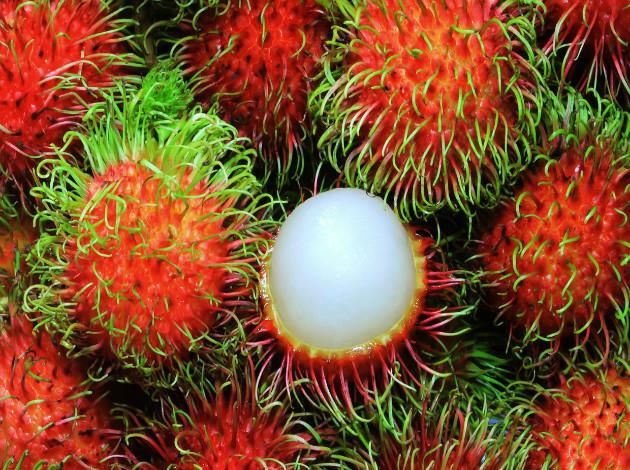
Pulasan belongs to the same Sapindaceae family as rambutan and lychee. While it’s closely related to these globally recognized fruits, pulasan stands out in several ways:
- Superior Flavor: Pulasan is sweeter and less acidic than rambutan.
- Ease of Eating: Its seed is often free or semi-free, making the fruit easier to consume.
- Nutritional Profile: Rich in antioxidants, vitamin C, and dietary fiber.
These traits have made pulasan increasingly attractive to health-conscious consumers and exotic fruit enthusiasts across the globe. As a result, demand is growing, pushing farmers and researchers to explore its commercial potential.
Southeast Asia: Pulasan’s Traditional Heartland
Malaysia – The Leading Producer
Malaysia remains the global hub for pulasan farming. Local farmers primarily grow the fruit using traditional methods, though modern orchard practices are slowly being introduced to improve yield and consistency. Most production is for domestic consumption, but some fruits are exported to neighboring countries and niche markets in Europe and the Middle East.
Indonesia and Thailand
In Indonesia and parts of southern Thailand, pulasan is also grown but on a smaller scale compared to rambutan or durian. These countries have started recognizing pulasan’s commercial potential, and there are ongoing efforts to expand cultivation in fertile regions like Sumatra and Southern Thailand.
Pulasan Farming in Other Tropical Countries
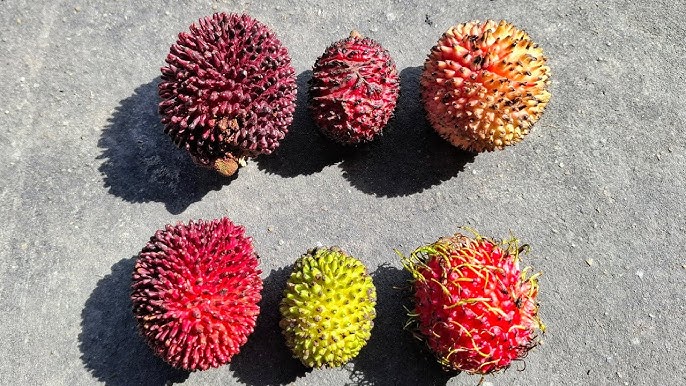
The Philippines
Pulasan trees were introduced to the Philippines during the colonial period. Though still rare, the fruit can be found in backyard gardens in provinces such as Laguna and Davao. Agricultural programs are beginning to include pulasan as part of diversified tropical fruit farming.
Sri Lanka and India
In southern India (notably Kerala and Tamil Nadu) and Sri Lanka, pulasan is gaining popularity as a specialty fruit. Farmers are experimenting with cultivating pulasan alongside mangosteen and jackfruit. However, challenges like limited planting material and lack of local knowledge hinder rapid expansion.
Pulasan Goes Global: Efforts Beyond Asia
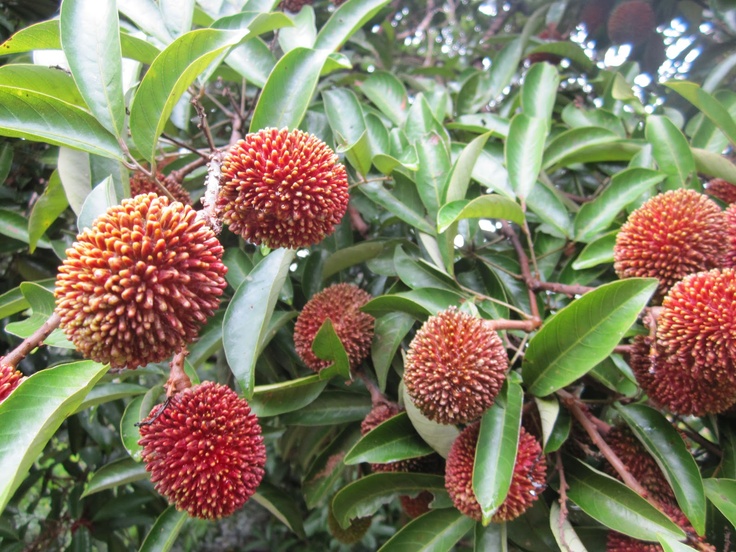
Central America
In countries like Costa Rica and Honduras, agricultural enthusiasts and researchers have introduced pulasan into experimental orchards. The climatic conditions are similar to Southeast Asia, and early results suggest promising adaptability. These countries see pulasan as a potential niche export crop for exotic fruit markets in the U.S. and Canada.
Hawaii
Hawaii has become a hotspot for exotic fruit experimentation. Pulasan trees were introduced to the islands in the late 20th century and are now cultivated by a handful of small-scale growers. Hawaiian pulasan has even reached farmer’s markets and high-end restaurants. Researchers from the University of Hawaii have studied pulasan for its potential as a viable alternative to rambutan.
South America
Brazil, Ecuador, and Colombia have all seen minor introductions of pulasan in agroforestry projects. While still in the early stages, the fruit’s marketability and unique appeal offer opportunities for expansion.
Market Demand and Export Potential
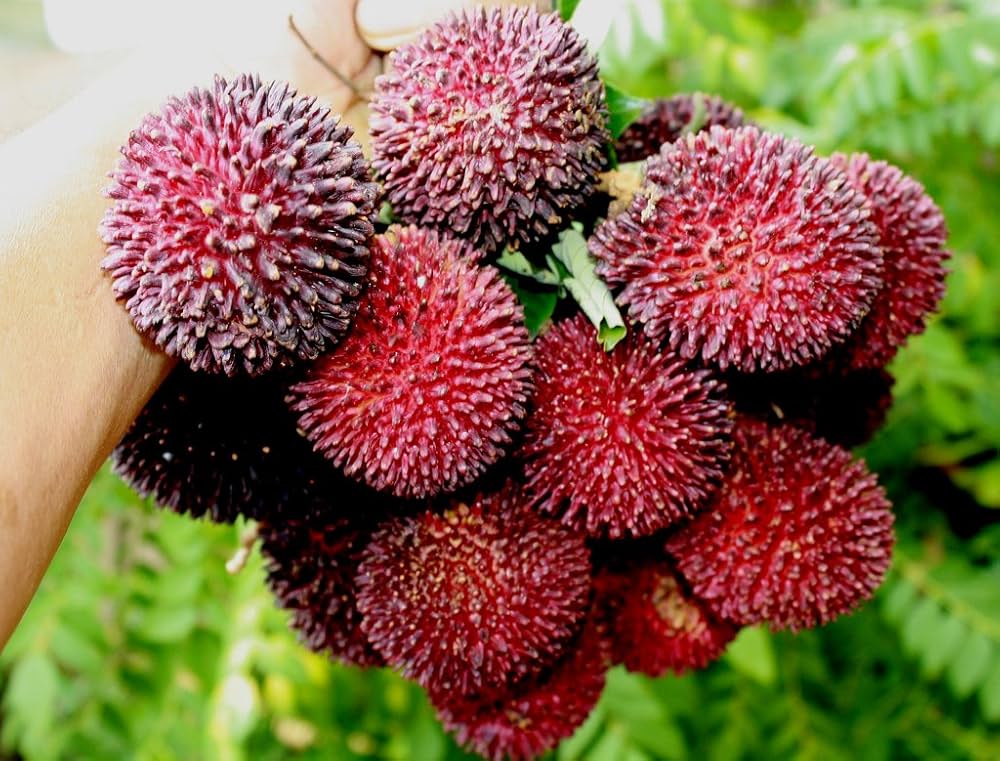
As consumers worldwide seek out exotic, healthy, and flavorful fruits, pulasan has gained a modest but growing following. Though not yet widely available, online fruit suppliers and gourmet retailers in Europe, Japan, and North America are beginning to offer pulasan at premium prices.
Key drivers of demand include:
- Health Benefits: Pulasan is rich in antioxidants, particularly anthocyanins.
- Unique Flavor: It appeals to foodies and chefs looking for novel ingredients.
- Cultural Curiosity: The global interest in Asian fruits has grown with culinary tourism.
Countries with tropical climates and established logistics for fruit exports are best positioned to tap into this market.
Challenges in Pulasan Farming
Despite its appeal, several challenges restrict the rapid expansion of pulasan farming globally:
- Limited Propagation Material: Pulasan seeds do not breed true, and grafting techniques are still being refined.
- Short Shelf Life: The fruit perishes quickly after harvest, making long-distance shipping difficult.
- Low Yield per Tree: Compared to rambutan or longan, pulasan yields are lower unless trees are well-maintained.
- Lack of Research: There is minimal scientific literature and agronomic data on pulasan compared to other tropical fruits.
Opportunities for Growth
To overcome these challenges, coordinated efforts from governments, researchers, and the private sector are needed. Here’s how pulasan farming can grow:
- Improved Cultivars: Through breeding and selection, better-yielding and disease-resistant varieties can be developed.
- Grafting Techniques: Widespread adoption of air-layering and grafting will ensure quality propagation.
- Post-Harvest Technology: Investment in cold chain and modified atmosphere packaging could extend shelf life.
- Agri-Tourism: Countries can promote pulasan orchards as part of exotic fruit tours to boost local economies.
Sustainability and Agroforestry Integration
Pulasan is also suitable for multi-species agroforestry systems, often grown alongside durian, cacao, or banana. Its deep root system and moderate canopy make it an excellent candidate for sustainable farming models. This integration not only preserves biodiversity but also increases farmers’ income streams.
Moreover, the tree is resilient to heavy rains and resistant to most pests, making it an eco-friendly crop requiring fewer chemical inputs.
The Future of Pulasan: What Lies Ahead?
As the exotic fruit market continues to grow, pulasan has a real shot at becoming a global sensation like its cousin, rambutan. The next decade will be crucial for its development—particularly if tropical nations invest in research, infrastructure, and international marketing.
With its unique flavor, appealing look, and untapped market potential, pulasan offers farmers, entrepreneurs, and consumers alike something truly special. The world may soon see pulasan not as a rare delight but as a staple in tropical fruit baskets around the globe.
Conclusion
Pulasan is more than just a tropical curiosity; it represents the next frontier in exotic fruit farming. From Malaysia’s backyards to Hawaiian orchards and Latin American experimental farms, pulasan’s quiet rise is beginning to ripple across the global stage. With the right cultivation techniques and market strategy, this delicious fruit has every chance to shine worldwide.
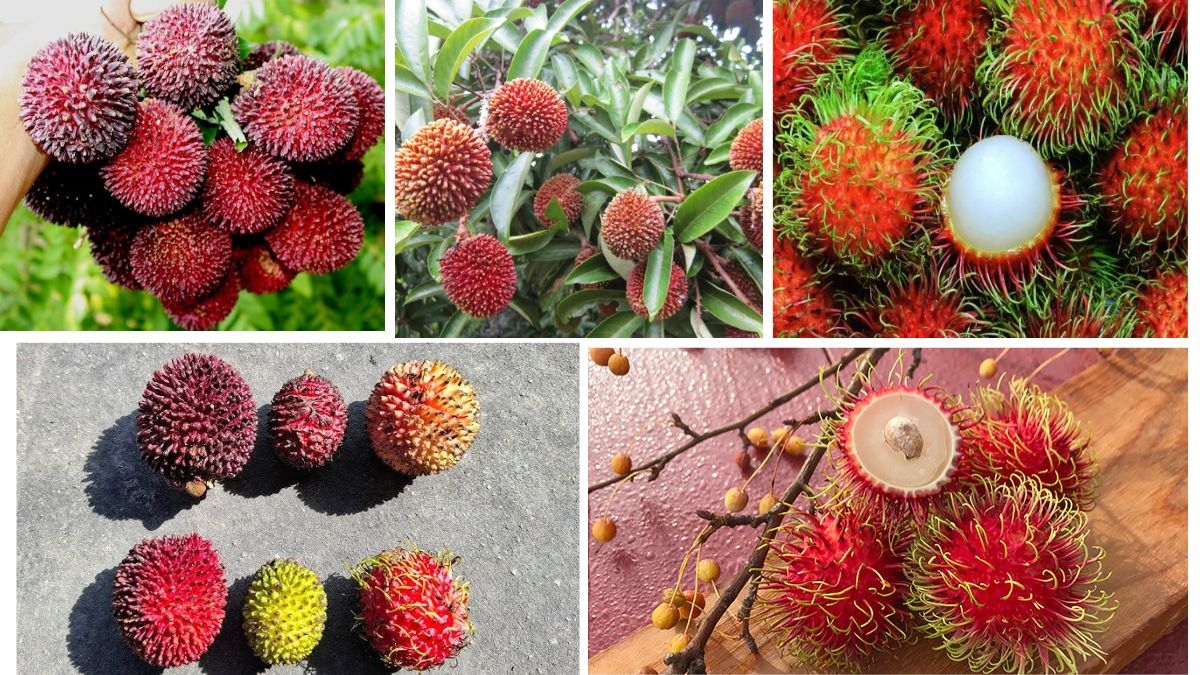
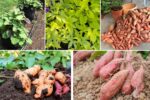
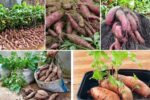


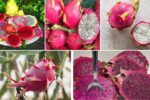
Leave A Comment